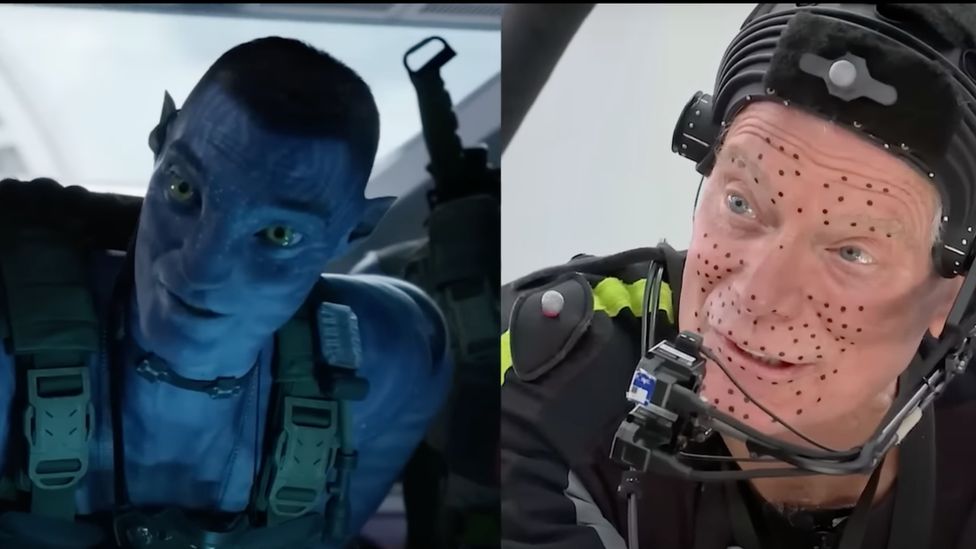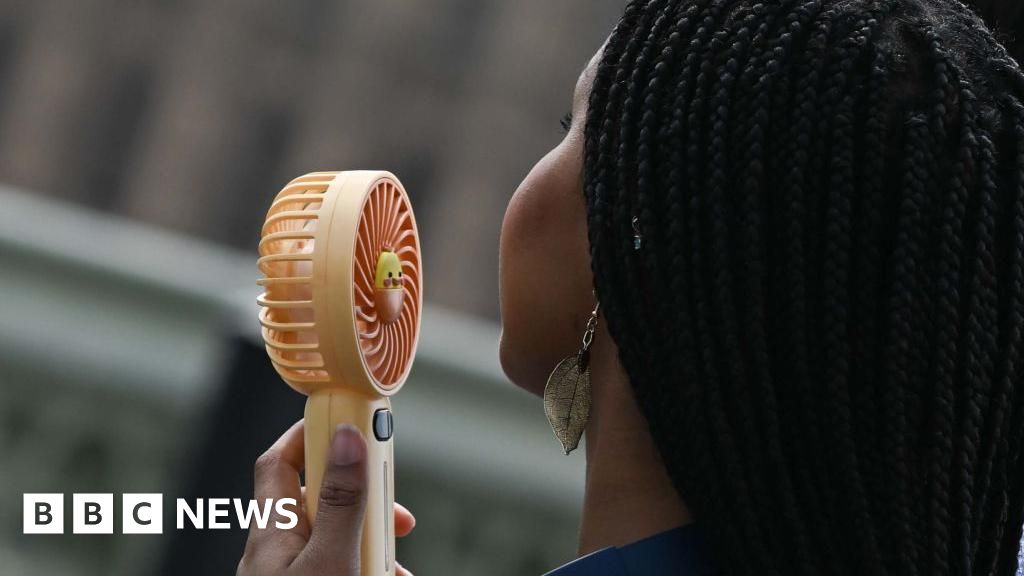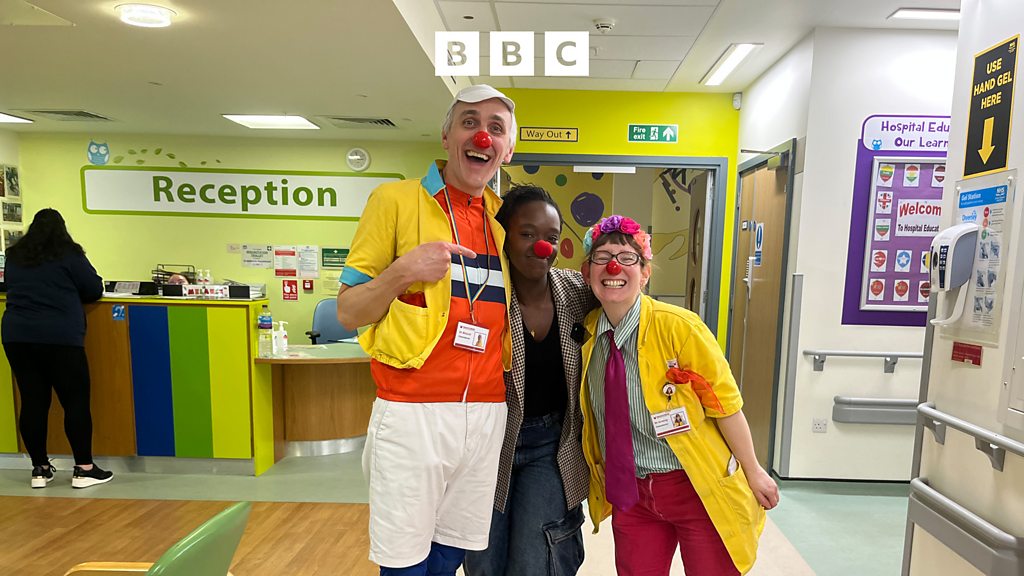ARTICLE AD BOX
 Image source, 20th Century Studios
Image source, 20th Century Studios
The Avatar films used sensors to capture the movement of actors to make them look like aliens. Scientists have adapted the technology to track the progression of diseases
By Pallab Ghosh
Science correspondent
Motion capture suits that bring characters to life in films like Avatar are helping researchers track the onset of diseases which impair movement.
In many cases, the quicker such conditions are assessed the sooner a patient is able to receive the appropriate support and treatment.
The new system uses artificial intelligence to analyse body movements.
In tests, the UK experts measured the severity of two genetic disorders twice as quickly as the best doctors.
The researchers say it could also halve the time and greatly reduce the cost required to develop new drugs in clinical trials.
The research has been published in the journal Nature Medicine.
Dr Valeria Ricotti, of Great Ormond Street Institute for Child Health told BBC News that she was "completely blown away by the results".
"The impact on diagnosis and developing new drugs for a wide range of diseases could be absolutely massive."
Dr Ricotti was among a group of researchers at Imperial College and University College London who spent 10 years developing the new technology.
They tested it on patients with Friedreich's ataxia (FA) and Duchenne Muscular Dystrophy (DMD) in two separate studies. The researchers say it could also be used to monitor patients recovering from other diseases that affect movement.
These include any condition involving the brain and nervous system, heart, lungs, muscles, bone and a number of psychiatric disorders.
Image source, Great Ormand Street Hospital
Image caption,James has sensors strapped to his wrist, elbows and knees to monitor how his movement is being affected by a rare genetic disorder called Duchenne Muscular Dystrophy
Tracking the severity and likely progression of such diseases usually involves measuring in a clinic the speed and accuracy with which patients carry out a set of standardised movements. That assessment - vital to working out what support and treatment a patient needs - can take years.
The two studies published on Thursday show that the motion capture system can do this much more quickly and accurately. It was adapted from the technology used by filmmakers to capture the movement of actors in the Avatar films in order to create lifelike aliens on screen.
Prof Aldo Faisal of Imperial College, who was one of the scientists who came up with the idea, said it was an enormous improvement.
"Our new approach detects subtle movements that humans can't pick up on," he said. "It has the capability to transform clinical trials as well as improve diagnosis and monitoring for patients."
Image source, Thmoas Angus/Imperial College
Image caption,Prof Aldo Faisal (right) is developing sensors that can track movement outdoors and in everyday situations outside of the clinic.
FA typically appears in adolescence and affects one in 50,000 people, whereas DMD affects 20,000 children, mostly boys, globally each year. There is currently no cure for either.
A team at Imperial College first tested the motion sensor suits on patients with FA. They found that the AI could predict the worsening of the disease over twelve months, half the time it would normally take an expert.
A separate team at Great Ormond Street tested the technology on 21 boys with DMD between the ages of five and 18. It predicted how their movement would be affected six months in the future much more accurately than a doctor.
The researchers believe that their system could be used to speed up and lower the cost of clinical trials to test out new drugs for a wide range of conditions.
In particular, it may make trials of new drugs for rare genetic disorders more cost effective.
Image source, Thomas Angus/Imperial College
Image caption,The movement is recorded and analysed by an AI system that is able to assess any deterioration in a patient twice as quickly as the best doctors
Professor Paola Giunti, Head of UCL's Ataxia Centre said: "We will be able to trial more drugs with less patients at a lower cost."
In the case of DMD a minimum of 100 patients are needed over the course of about 18 months to get statistically significant results relating to the effectiveness of a new drug. The study showed that using the new system it could potentially be done with 15 patients over six months.
About 6,000 rare genetic diseases affect a total of about 1 in 17 people in the UK. The number of patients with each disease can amount to just a few hundred or less. That is a disincentive for drug companies to undertake expensive clinical trials to develop new medicines to treat them.
Game changer
Professor Richard Festenstein from the Medical Research Council's London Institute of Medical Sciences, told BBC News that the suit technology, which he helped to develop, had the potential to change the economics of drug discovery.
''This is going to attract the pharmaceutical industry to invest in rare diseases," he said. "The main beneficiary from our research is going to be patients, because the technology is going to be able to come up with new treatments much more quickly.''
The researchers are already seeking approval for the use of motion capture for drug trials for FA and DMD, which if successful could begin in two years. They are also gathering data for its use with Parkinson's, Alzheimer's and MS.

 2 years ago
118
2 years ago
118








 English (US) ·
English (US) ·